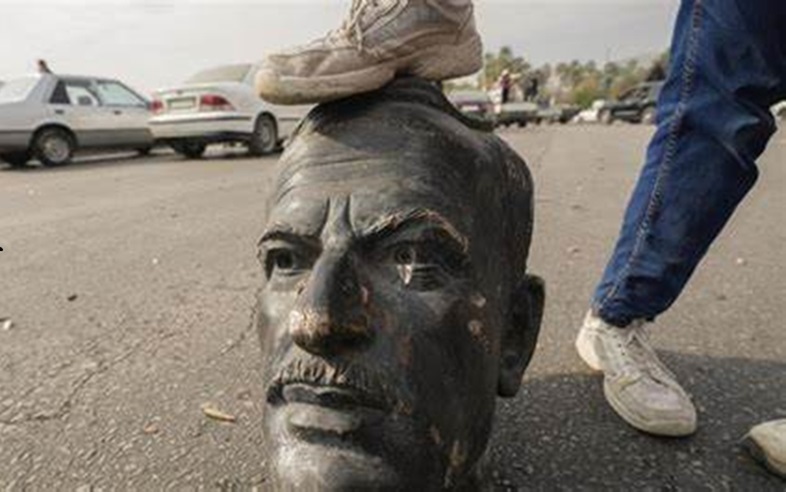The sudden and unexpected collapse of the Syrian government, which unfolded in just 11 days, bears striking similarities to the fall of Ashraf Ghani’s government in Afghanistan, which occurred three years ago and has since been recorded in history.
If we juxtapose the political and military developments in Syria and Afghanistan and analyze their similarities, it becomes clear that complex and multi-layered political maneuvers by global and regional powers were at play behind the scenes. These external factors were decisive in the fall of both the Syrian and Afghan governments.
Just as Afghanistan’s government was established with the support and backing of the West and the United States and sustained for nearly two decades by their political and financial resources, the survival of the Syrian government was similarly reliant on the comprehensive support of regional powers like Iran and Russia.
The regime of Bashar al-Assad, which was embroiled in internal conflict and crisis following the Arab Spring in 2011, the rise of ISIS, and the capture of parts of the country by the group, managed to navigate through the crisis thanks to decisive support from Russia and Iran. It suppressed opposition forces and defeated ISIS, regaining a semblance of stability. However, after several years of relative peace and security, the tide abruptly turned. Opposition forces in Syria suddenly returned to the battlefield, now strengthened militarily, and in a short period overthrew the Syrian government. This indicates that these transformations and shifts were orchestrated outside the battlefield, with the country’s future predetermined by external actors.
It is evident that the Syrian army, much like the Afghan military, abandoned cities one after another without significant resistance or fighting, opting to retreat. It is implausible that an army with years of combat experience and access to advanced military resources would suddenly cease resistance and readily abandon its positions.
On the other side of the equation, Iran and Russia, as strategic allies and primary supporters of Bashar al-Assad’s government, surprisingly refrained from confronting Assad’s opposition to prevent the collapse of his regime.
Thus, piecing together all these elements clearly indicates that even Russia and Iran were aware of the inevitable fate of Bashar al-Assad’s government and deliberately chose not to expend their resources in a situation that would yield no favorable outcome for them.
It seems that the United States and the West viewed Iran and its strategic sphere of influence as a serious and significant threat to their regional interests. Consequently, through a decisive and coordinated effort involving Turkey, Israel, and other regional allies, they targeted Iran’s strategic depth and removed a key geographical domain linked to Iran.
By toppling the Syrian government, the U.S. and the West have taken a significant risk, as they have supported groups they once labeled as terrorists to achieve their goals. Given that the current rulers of Syria ideologically oppose Israel and the U.S., this might lead to future challenges for them. However, they likely believe they can manage the new Syrian government and, by limiting its capabilities, prevent it from becoming a threat to the U.S. and Israel.
In any case, the region is poised for significant transformations, which may usher in another wave of violence and conflict in the future.











Read More
The Lions of Khorasan Crowned Champions After a Historic Humiliation of Iran
The Impact of U.S. Aid Cuts to Afghanistan
Hundreds of Students Missed Educational Trips to Russia